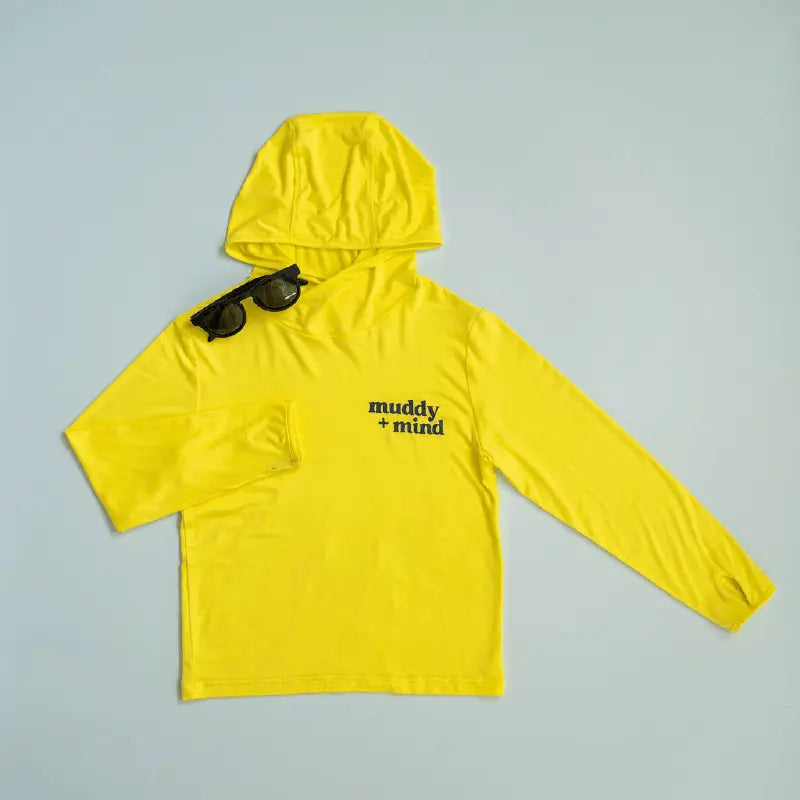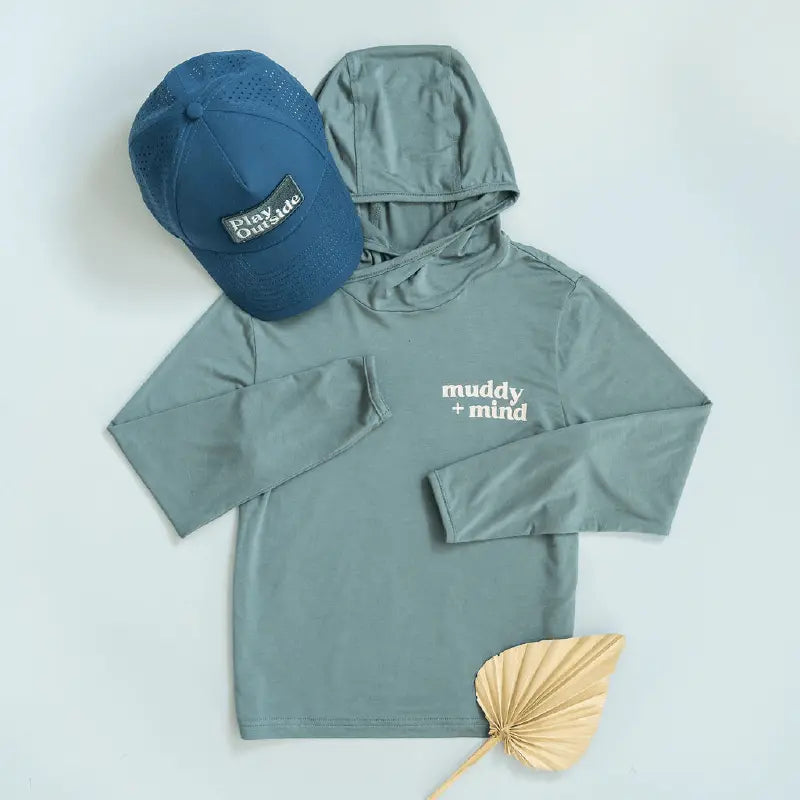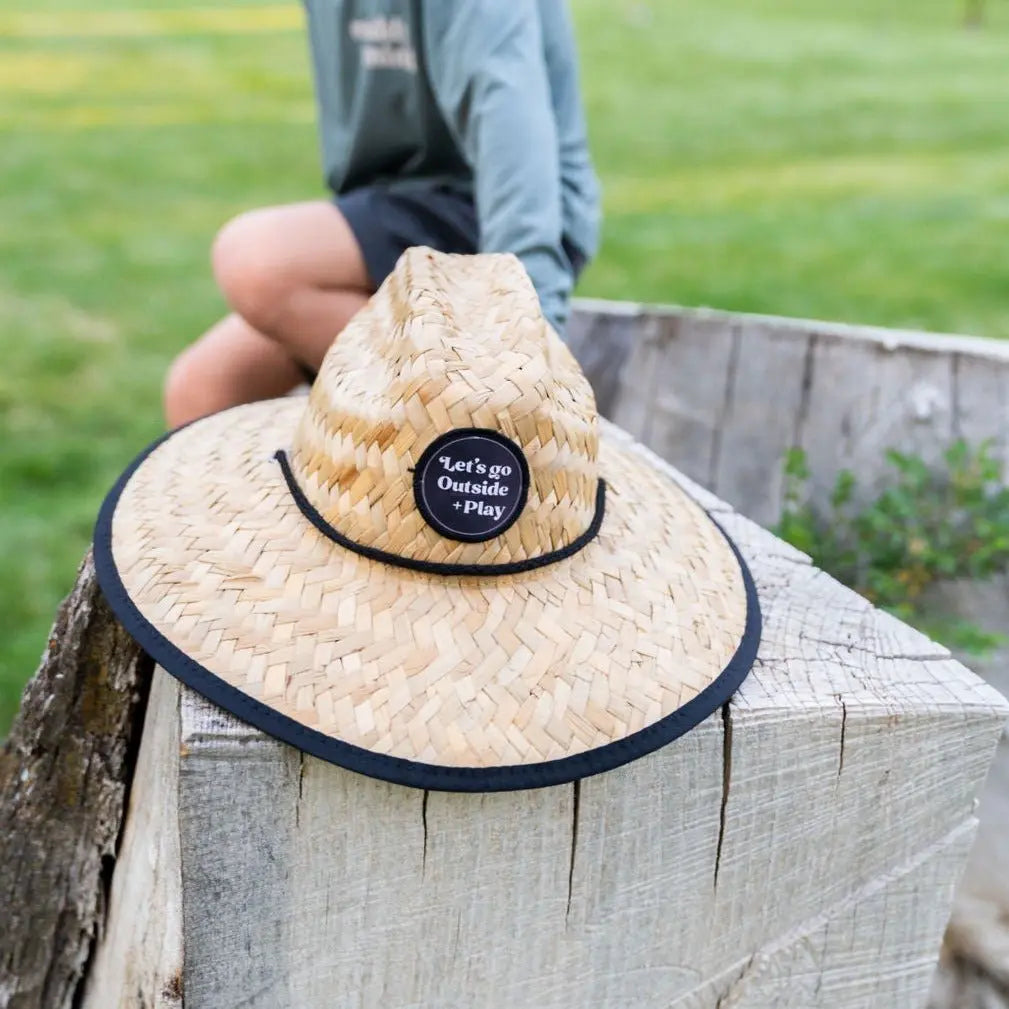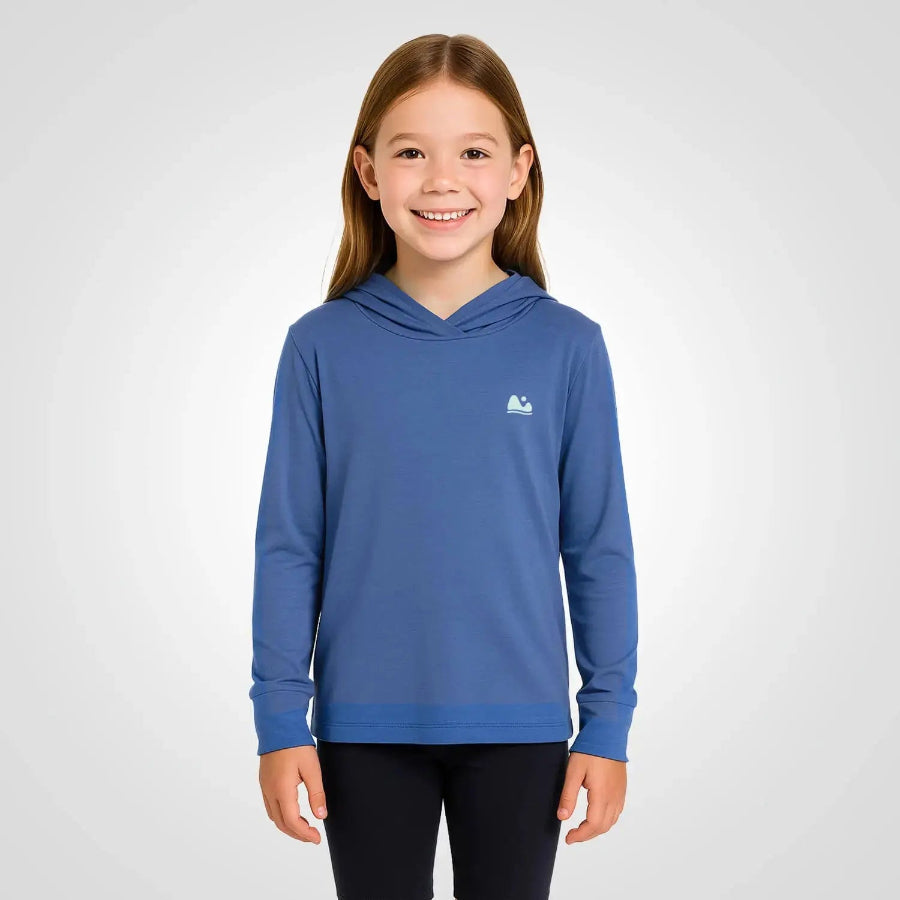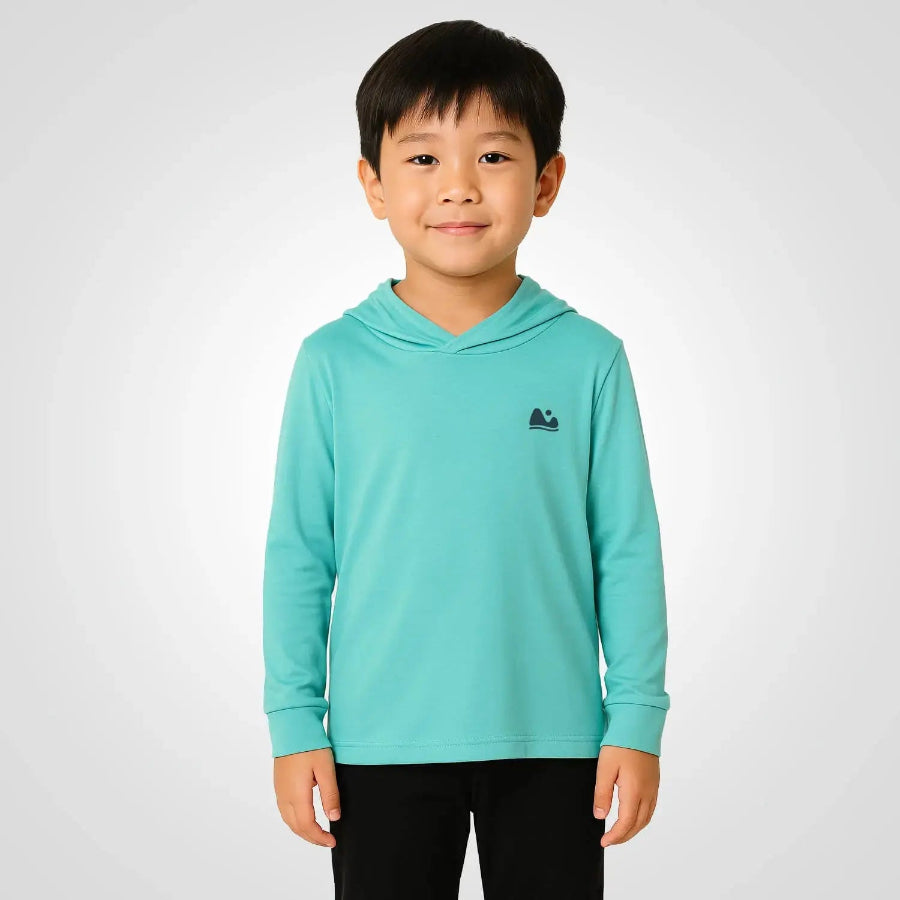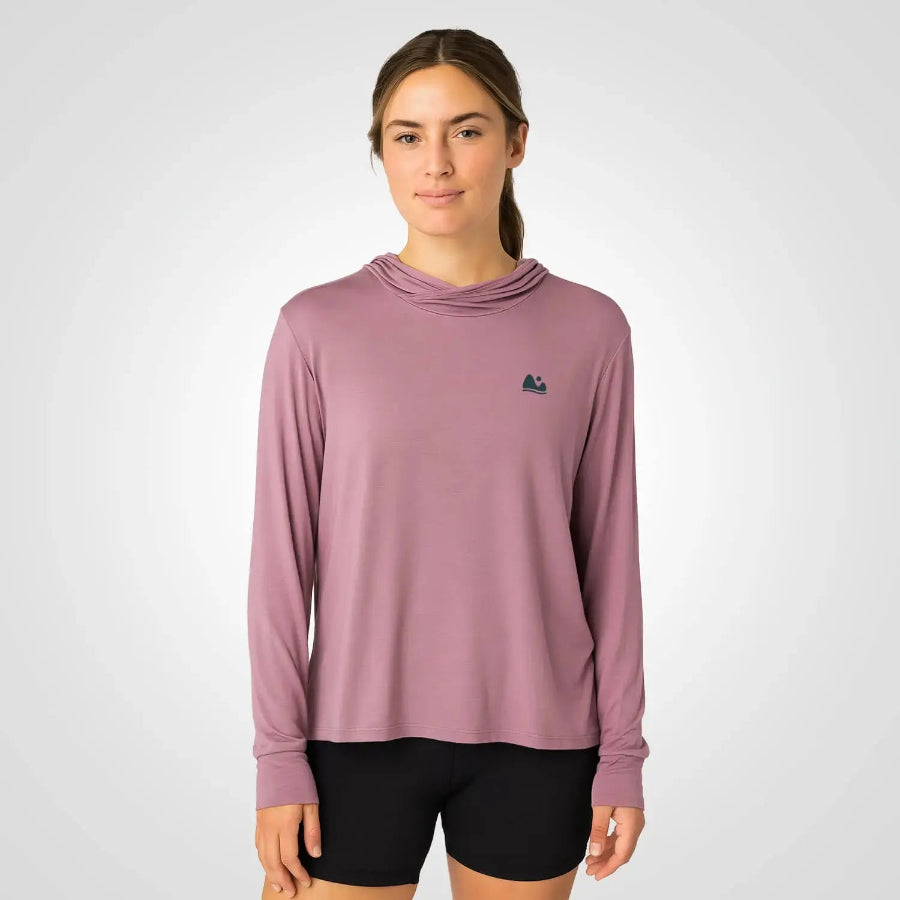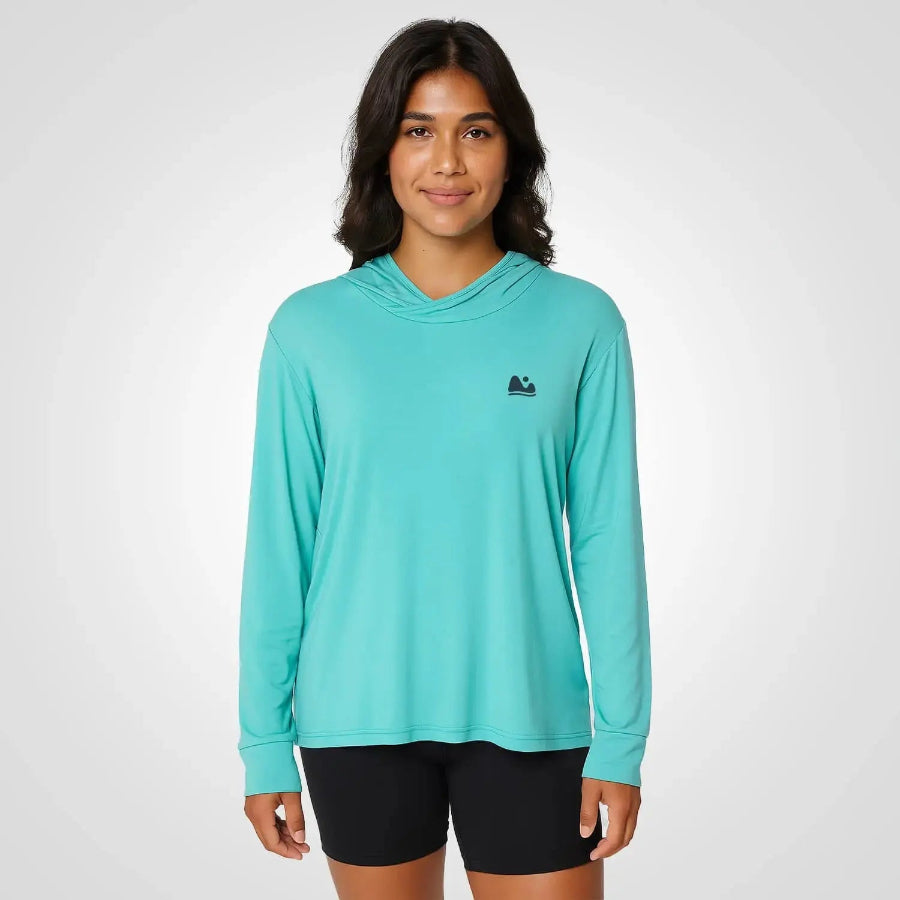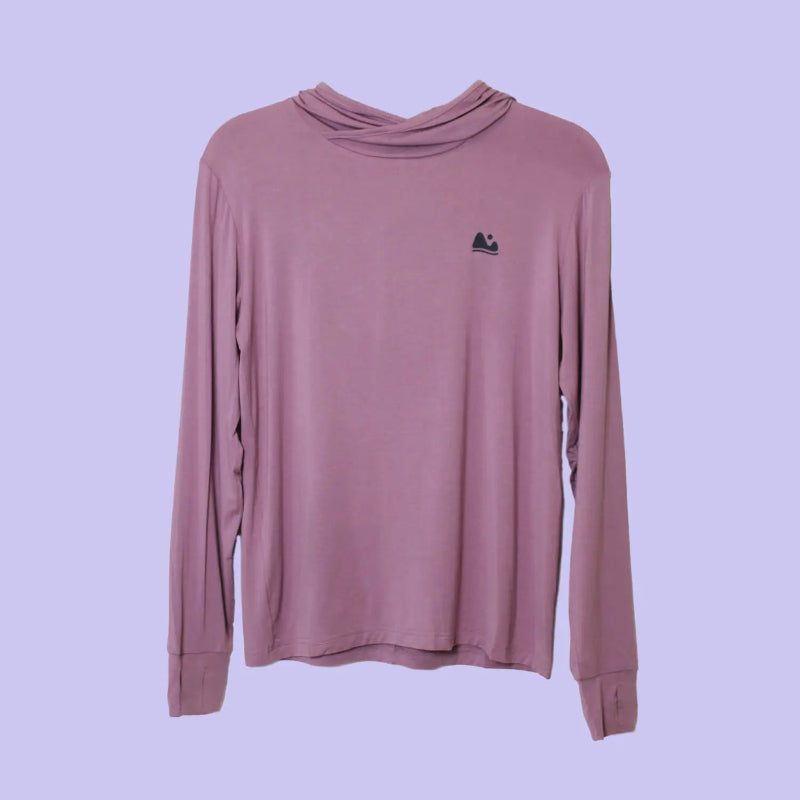Up to 30% off on ONE shirts and Rash guards when you get one for you and one for your little one to match. Automatically applies at checkout.
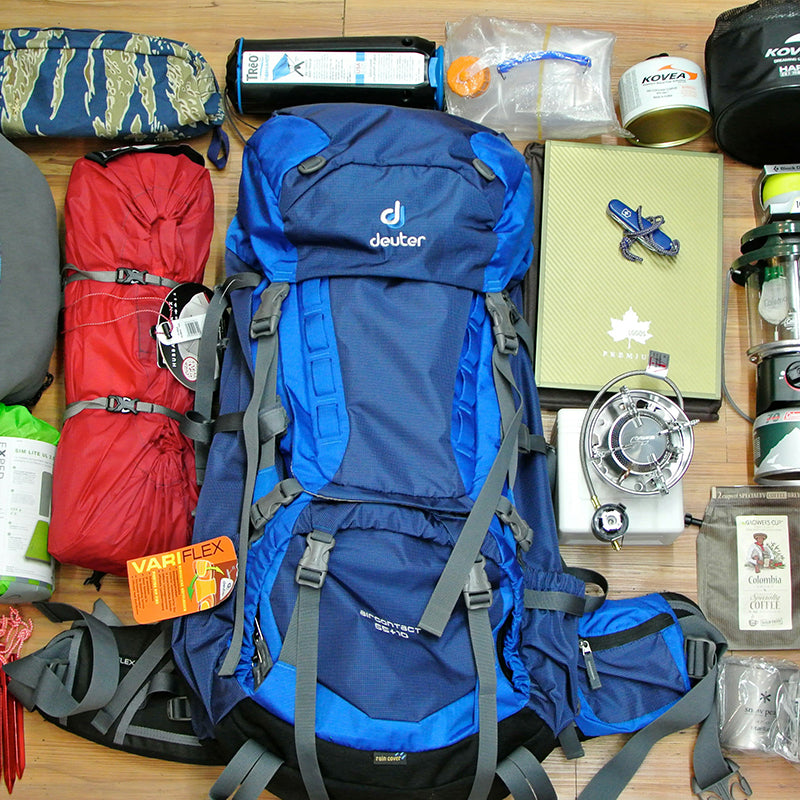
Packing for Unpredictable Weather: How to Layer Clothes Effectively
Packing for unpredictable weather can often feel overwhelming, especially when you want to pack light but stay comfortable regardless of sudden temperature shifts or unexpected rain. Effective layering is the key to mastering this challenge, helping you adapt quickly without lugging around heavy or bulky clothes. Whether you're embarking on unpredictable weather travel or adopting a minimalist packing approach, knowing how to layer clothes smartly makes your trip much more enjoyable. In this guide, we'll break down the essential steps and tips for layering clothes so you can stay prepared, flexible, and stylish wherever you go.
Why Packing for Unpredictable Weather Requires Thoughtful Layering
Understanding the Challenges of Unpredictable Weather Travel
When traveling to destinations where weather can change dramatically throughout the day, packing the right layers ensures you are never caught off guard. Morning chills, afternoon warmth, and sudden rain show up frequently in places with unpredictable weather. Trying to rely on a single jacket or outfit often leads to discomfort and overpacking.
The Role of Layers in Minimalist Packing
A minimalist packing philosophy aligns perfectly with layering—it allows you to bring fewer items that can be combined in multiple ways, cutting down suitcase bulk. Each clothing piece serves a purpose at different stages of your layered outfit, ensuring versatility and reducing unnecessary weight.
Key Layers to Include for Effective Weather Adaptation
Base Layers: Comfort and Moisture Control
The base layer is your foundation and should be snug-fitting and breathable. It directly contacts your skin and wicks moisture away to keep you dry, which helps regulate your body temperature whether it's cool or warm outside. Opt for moisture-wicking fabrics like merino wool, synthetic blends, or lightweight silk for optimal comfort.
Mid Layers: Insulation and Warmth
Mid layers provide insulation, trapping body heat without adding too much bulk. Think lightweight fleece jackets, thin down vests, or sweaters. Their main job is to keep you warm when the temperature dips and to be easily removable when it rises.
Top Layers to Protect Against the Elements
The Importance of a Weather-Resistant Outer Shell
Your outer layer functions as a shield against wind, rain, and snow. For unpredictable weather travel, it's crucial this layer is water-resistant or waterproof while still breathable to prevent overheating and dampness inside. Look for packable rain jackets, windbreakers, or light shells that compress easily in your bag.
Choosing Versatile Outerwear for Multiple Conditions
Select outer layers that can perform under different scenarios, whether it’s a lightweight waterproof jacket for spring showers or a windproof shell that provides an extra layer of defense on blustery days. Jackets with adjustable hoods, ventilation zippers, and multiple pockets add functionality while maintaining minimal weight.
Practical Tips for Layering Clothes When Packing
- Start with neutral, coordinating colors: This allows you to mix and match pieces easily without clashing.
- Prioritize lightweight and quick-drying fabrics: They save space and time when washing on the go.
- Include multi-functional items: A scarf or a large wrap can serve as a mid layer or a top layer in mild conditions.
- Roll clothes instead of folding: Helps prevent wrinkles and maximizes packing space.
- Wear your bulkiest layers on travel days: Save suitcase room by wearing your heaviest items like down jackets or boots.
- Use packing cubes: Keep layers organized and accessible for quick outfit adjustments.
Layering with Accessories
Don’t forget to pack accessories like hats, gloves, and lightweight gloves, which contribute significantly to warmth without taking up much space. These can also be layered effectively with your clothing for unpredictable weather travel.
Adjusting Layers Based on Activity Levels
If you’re engaging in active sightseeing or outdoor adventures, you’ll want layers that can breathe well and be easily shed to prevent overheating. Conversely, when stationary or during cooler evenings, adding those insulating layers becomes essential.
Smart Outfit Examples for Unpredictable Weather
Casual Daytime Layering
Start with a moisture-wicking long-sleeve shirt, add a lightweight fleece mid layer, and top it off with a waterproof, breathable rain jacket. Pair with comfortable pants and versatile shoes that handle wet conditions.
Evening or Cooler Weather Options
Combine a thermal base layer under a cozy sweater with a packable down vest and a windproof shell. A warm scarf and gloves complete this adaptable outfit for unexpected cold snaps.
Common Mistakes to Avoid When Layering for Travel
Overpacking Heavy, Bulky Items
A common error is bringing large coats or sweaters that are difficult to carry and don’t offer versatility. Remember, layering works best with thinner, lighter pieces that combine efficiently.
Ignoring Breathability and Fabric Functionality
Packing all cotton items can backfire, as cotton retains moisture and cools you down, causing discomfort. Opt instead for fabrics designed for temperature management and quick drying.
In conclusion, packing for unpredictable weather boils down to mastering the art of layering. By understanding how to select key base, mid, and outer layers—as well as practical packing techniques—you can confidently face any climate shift or surprise shower without overpacking. Embracing minimalist packing principles while focusing on versatile, performance-oriented clothing ensures your travel experience remains comfortable and hassle-free. Ready to explore smarter packing and layering solutions? Discover more tips and products that support your unpredictable weather travel adventure today.

